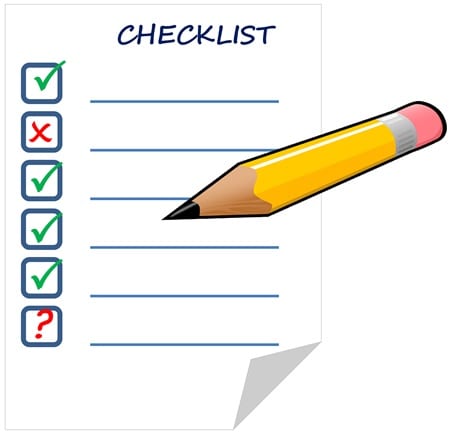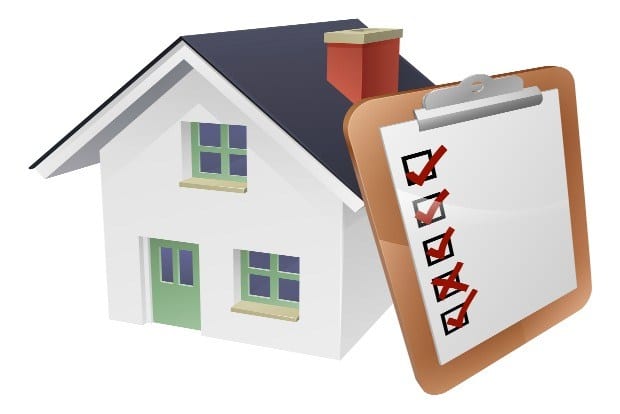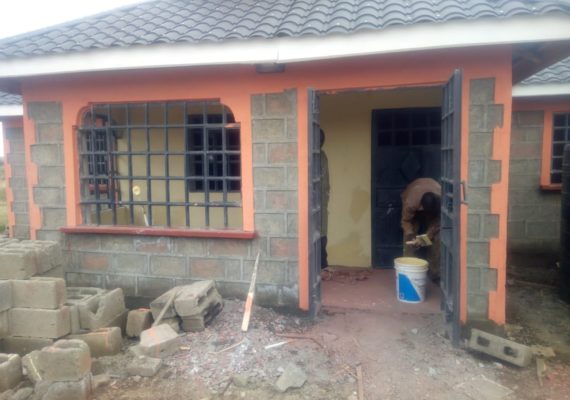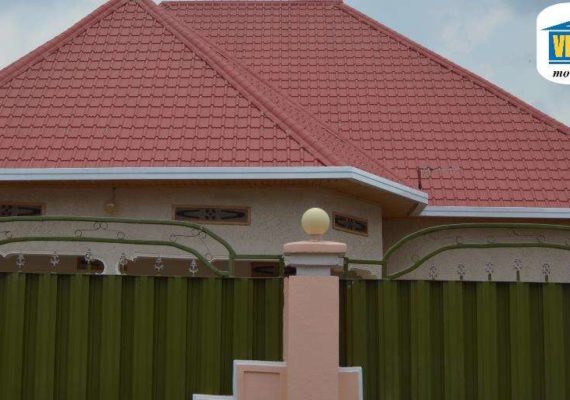Buying a house checklist
Buying a house checklist :Your inspection list
When you begin the process of buying a new home you need to tour homes with your real estate agent. As much as you may be focused on the size of the yard or the square footage of the kitchen, but there are other attributes to a home that are even more important to consider.
You’ll want to be certain that you are making a good investment when you purchase a home, so you should avoid those with major problems or that will need costly repairs shortly after you make your purchase. Here are a few items you you need to inspects- Buying a house checklist

-
Roof condition
A traditional tile roof or shingles will have to be replaced every 25 to 30 years—and a full professional replacement may cost you at least 0.8M . This is a significant expense, and not one you want to be stuck with right after purchasing your new home. Pay attention to the condition of the roof when you tour a home, and be sure to ask about its age.

💥🎁 Christmas & Year-End Deals On Amazon !
Don't miss out on the best discounts and top-rated products available right now!
🛒 Shop Now and Save Big Today!*As an Amazon Associate, I earn from qualifying purchases.
-
Signs of foundational damage
Some small problems, like faded paint or a broken light fixture, can usually be remedied without too much effort and money, but if the foundation of a home is damaged, you are looking at thousands of shillings in repairs. Look for signs of cracking near the foundation inside and outside the home and pay attention to the grade of the floors for signs of unevenness, which may indicate a sinking of the foundation.
-
Potential for flooding
You might fall in love with a home you tour because of how close it is to a body of water, but make sure you consider the potential risks of this proximity. The closer you are to water, the more likely it is that you will experience problems with flooding—especially during stormy times of the year. It is also important you have insurance coverage for such a possibility, so be sure to do your research.

-
Mold, weathering and water damage
Take a peek inside the cabinetry for signs of mold growth around pipes. Mold growth may indicate a leaky plumbing system, previous flooding or improper ventilation. You should also look for other signs of water damage and excessive weathering, such as musty odors or peeling paint.
-
Insulation and energy efficiency
Make sure you are aware of the condition of the insulation in a home, especially if it was built several decades ago. The better the insulation of a house is, the less you will have to spend on utility costs when it comes to heating and cooling throughout the year.
HPD Consult
💥🎁 Christmas & Year-End Deals On Amazon !
Don't miss out on the best discounts and top-rated products available right now!
🛒 Shop Now and Save Big Today!*As an Amazon Associate, I earn from qualifying purchases.
info@hpdconsult.com


